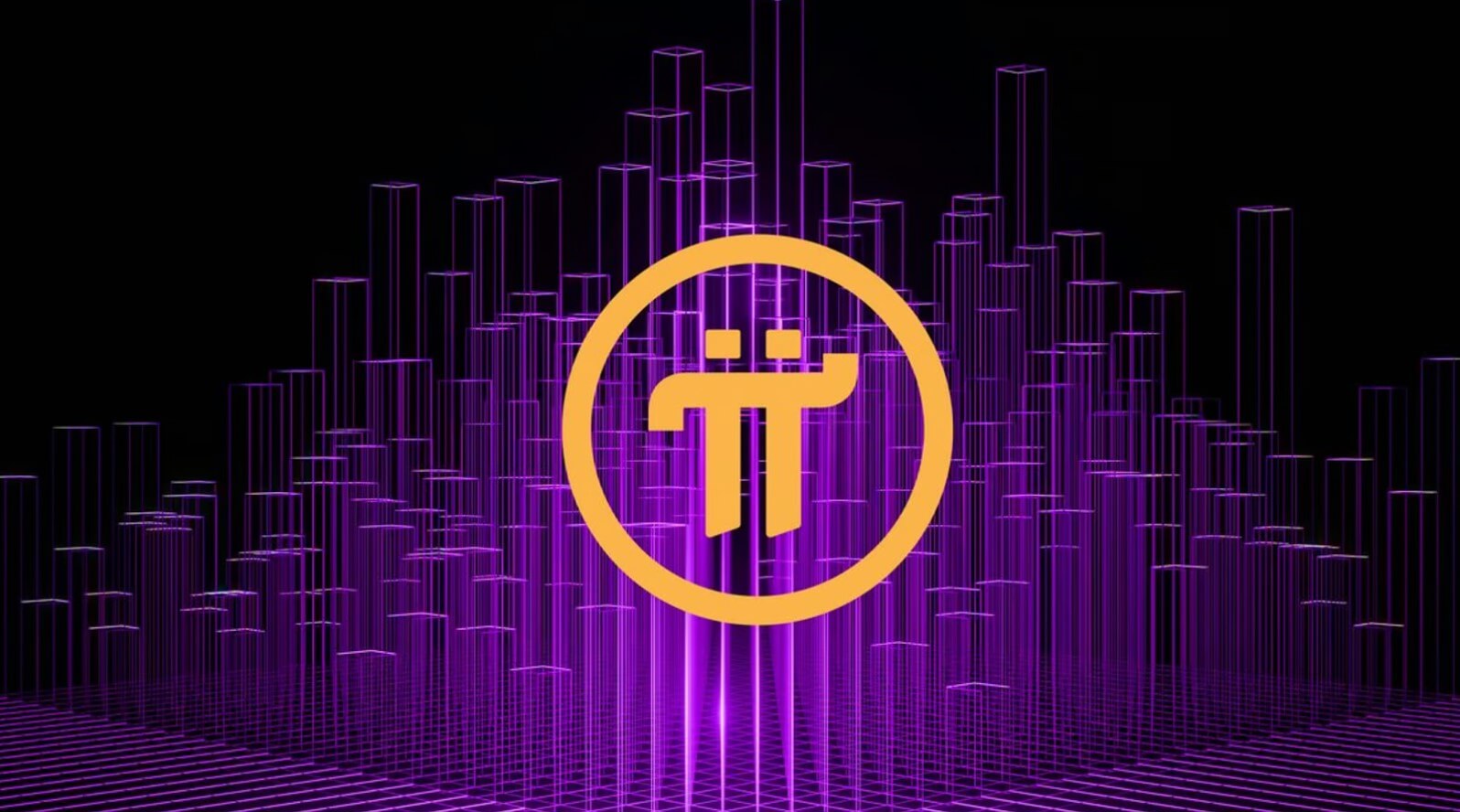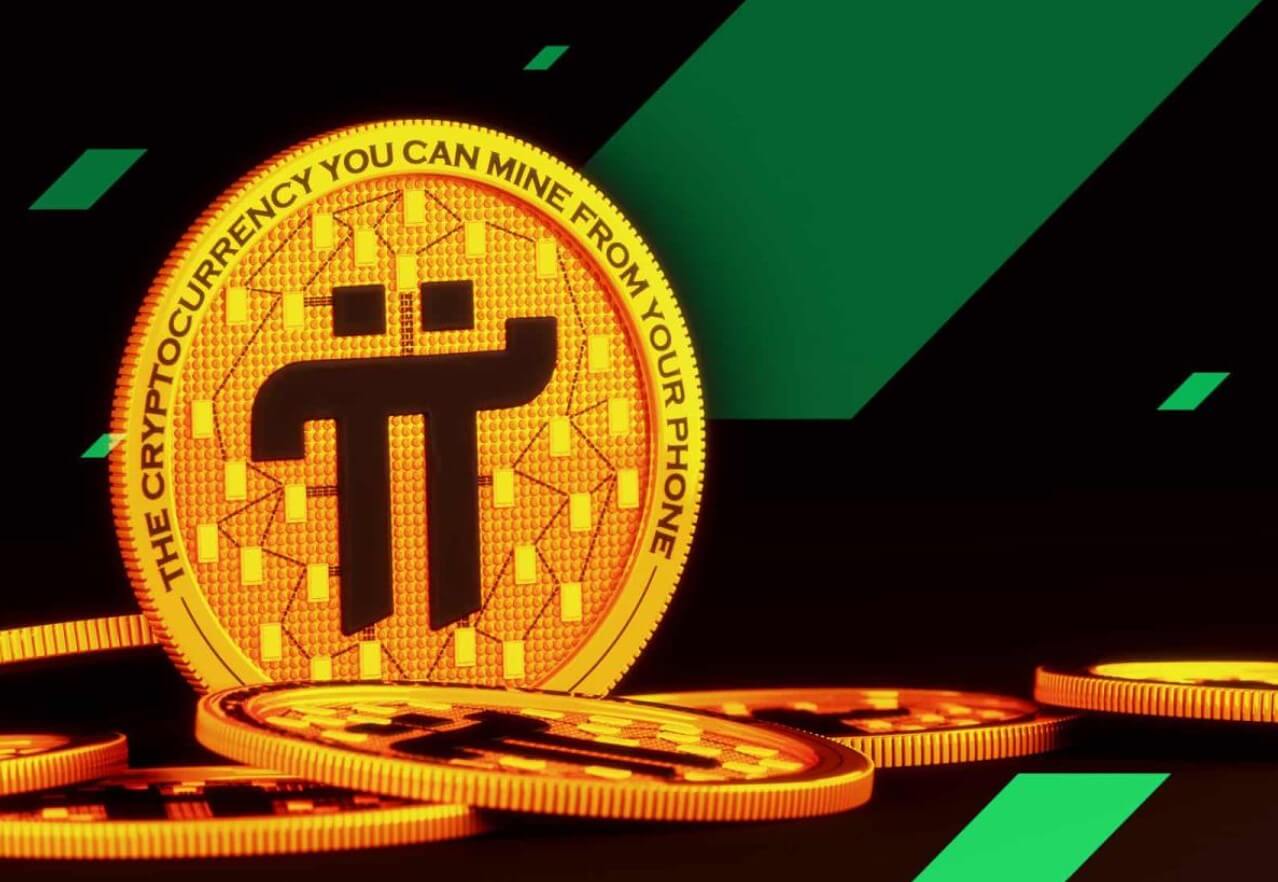Pi Network Release Today: 5 Key Predictions on Price, Growth & Future Potential

Pi Network Release Today marks a significant milestone in the cryptocurrency industry. After years of development and anticipation, Pi Network has finally entered the Open Network phase, making it accessible for trading and external transactions. With over 60 million engaged users and 19 million KYC-verified members, excitement is building around its potential price and long-term growth.
But the biggest question remains: How high can Pi Network go? This article explores Pi Network Release Today, analyzing its price range, market impact, and future growth predictions based on its ecosystem, demand, and real-world adoption.
Understanding Pi Network: From Vision to Reality

What is Pi Network?
Pi Network was created with the vision of making cryptocurrency accessible to the masses. Unlike Bitcoin and Ethereum, which require energy-intensive mining, Pi allows users to mine coins via mobile devices without draining battery life.
Since its inception, Pi has undergone multiple development phases:
- Phase 1 (2019-2021): Initial testing, early adopters mining Pi.
- Phase 2 (2021-2022): Closed Mainnet launch, wallet integration, and user verification (KYC).
- Phase 3 (2024-Present): Open Network, external connectivity, and Pi becoming tradeable on exchanges.
Now that Pi has entered its final phase, users are eager to see how it will perform in the open market.
Factors Influencing Pi Network’s Price

Several key factors will determine Pi’s initial trading price and future value:
1. Supply and Demand Dynamics
- Over 10 million users have migrated to the Mainnet.
- Circulating supply will depend on the number of Pi holders actively trading.
- High demand from investors and businesses can drive the price up.
2. Market Sentiment & Hype
- Crypto community buzz can influence Pi’s price at launch.
- A positive perception could lead to high initial valuation.
- Negative media coverage or skepticism could suppress the price.
3. Real-World Utility & Merchant Adoption
- Businesses accepting Pi as a payment method will increase its value.
- Events like PiFest 2024 have showcased real-world merchant transactions.
- More use cases = Higher demand = Increased price potential.
4. Exchange Listings & Trading Volume
- Pi’s price will be influenced by which crypto exchanges list it first.
- More liquidity and trading activity = Higher price stability.
- Limited availability could lead to price volatility.
Pi Network Release Today: Potential Price Range
Predicting Pi’s exact price is challenging, but we can outline possible price scenarios:
1. Conservative Estimate ($0.10 - $1.00 per Pi)
- Early trading could start at a low valuation.
- Price may fluctuate due to limited exchange listings.
- Gradual adoption could lead to steady growth.
2. Moderate Estimate ($5 - $50 per Pi)
- If demand is strong, Pi may launch at a mid-tier price.
- More businesses accepting Pi could support this price range.
- A stable ecosystem will be key to maintaining this valuation.
3. Aggressive Estimate ($100+ per Pi)
- If Pi experiences a Bitcoin-like surge, prices could skyrocket.
- A strong community and merchant adoption could drive scarcity.
- However, lack of liquidity in the early days could lead to extreme volatility.
Pi Network’s Long-Term Growth Predictions
Pi’s future price growth will depend on several long-term factors:
1. Ecosystem Expansion
- More developers creating Pi-based apps will increase network activity.
- A growing marketplace for Pi transactions will add utility.
2. Regulatory Compliance
- Legal clarity on crypto regulations will impact Pi’s adoption.
- Compliance with government policies will improve credibility.
3. Technological Advancements
- Blockchain upgrades will enhance Pi’s scalability and security.
- Faster transaction speeds will attract more enterprise users.
4. Community-Driven Growth
- Pi’s strength lies in its active user base.
- More engagement = Higher demand = Increased long-term value.
Will Pi Network Become the Next Bitcoin?
Many crypto enthusiasts wonder if Pi can replicate Bitcoin’s success. While Pi has a strong community, several key differences set them apart:
| Factor | Pi Network | Bitcoin |
|---|---|---|
| Mining | Mobile-based, energy-efficient | Power-intensive, expensive |
| Max Supply | Still unknown | 21 million BTC |
| Adoption Stage | Early-phase, growing community | Established, widely adopted |
| Transaction Speed | Faster transactions | Slower due to network congestion |
Key Takeaway
Pi has a unique model but faces challenges in scaling, adoption, and regulatory approval before it can reach Bitcoin’s level.
Risks & Challenges Pi Network Faces
Like any cryptocurrency, Pi faces potential risks:
1. Price Volatility
- Initial price swings could be extreme.
- Speculators might pump-and-dump, affecting stability.
2. Exchange Listings & Liquidity
- Limited exchange availability = Lower trading volume.
- If major exchanges list Pi, liquidity will improve.
3. Regulatory Uncertainty
- Governments might restrict or ban Pi transactions.
- Crypto-friendly regulations will be crucial for Pi’s success.
4. Competition from Other Cryptocurrencies
- Established coins like Bitcoin, Ethereum, and Solana dominate the market.
- Pi needs unique use cases to compete effectively.
FAQs About Pi Network's Launch
When will Pi Network be listed on major exchanges?
The exact date is unknown, but Pi Network's team is working on exchange listings post-Open Network launch.
Can I trade Pi for real money now?
Yes, but only on select platforms. Once it gets listed on more exchanges, liquidity will improve.
How can I increase my Pi balance?
- Continue mining on the Pi Network app.
- Participate in ecosystem activities like app development or merchant transactions.
Will Pi’s price increase over time?
If demand grows and more businesses accept Pi, the price could rise. However, it's subject to market conditions.
Is Pi Network a scam?
No, Pi is a legitimate crypto project with millions of users. However, its success depends on long-term adoption.
What is the future of Pi Network?
If adoption, exchange listings, and real-world use cases continue growing, Pi could become a widely used digital currency.
Final Thoughts: Is Pi Worth Holding?
Pi Network has the potential to disrupt the crypto space, but its long-term success depends on widespread adoption, regulatory approval, and continuous development.
Should you hold or sell your Pi?
- Short-term traders might want to sell early due to volatility.
- Long-term believers may choose to hold, hoping for higher valuations.
Regardless of its initial price, Pi’s real value lies in its ecosystem and how well it integrates into the digital economy.





